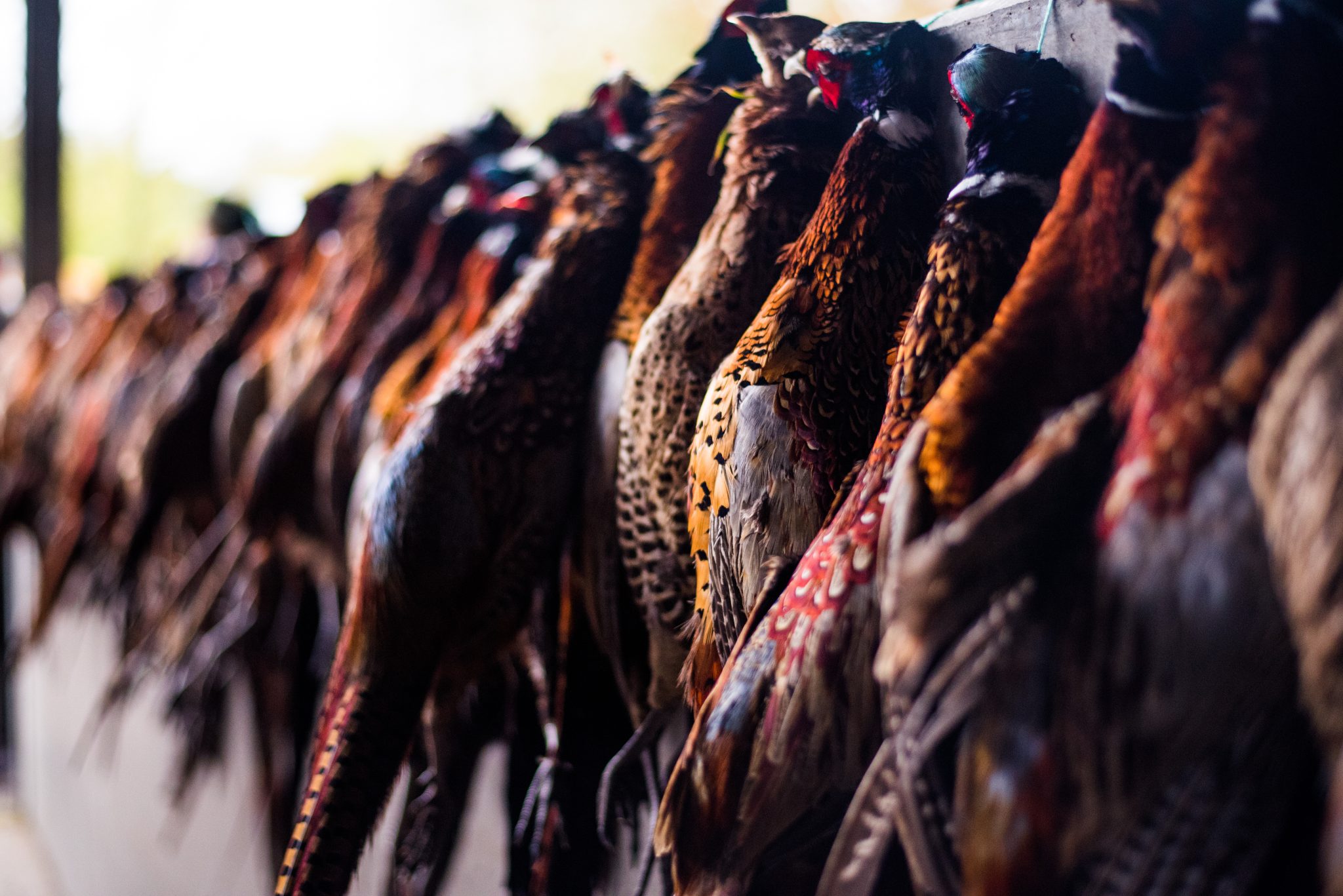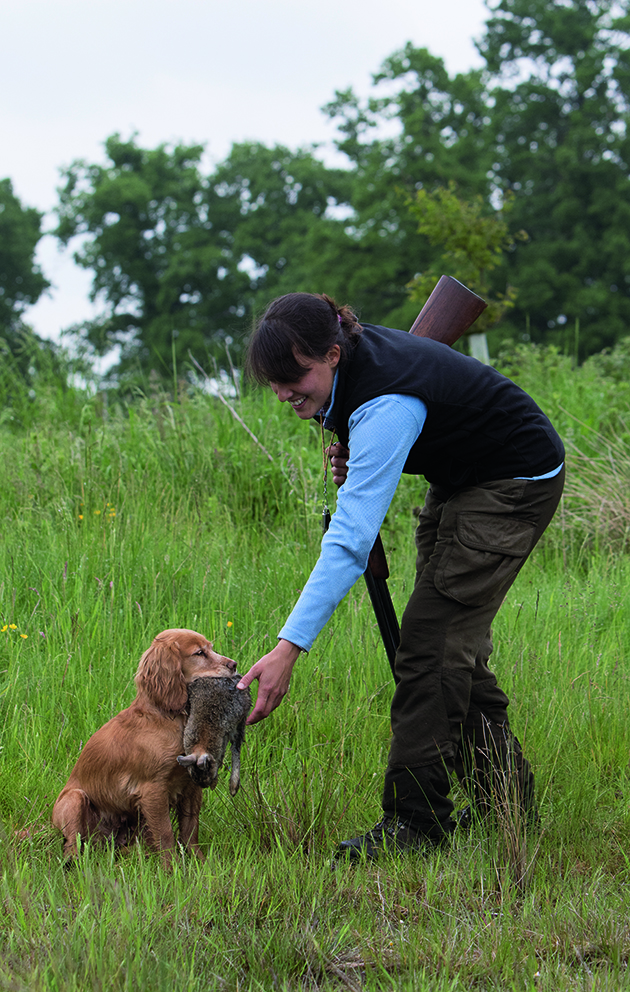Win CENS ProFlex DX5 earplugs worth £1,149 – enter here
Grouse counts with cocker and springer spaniels
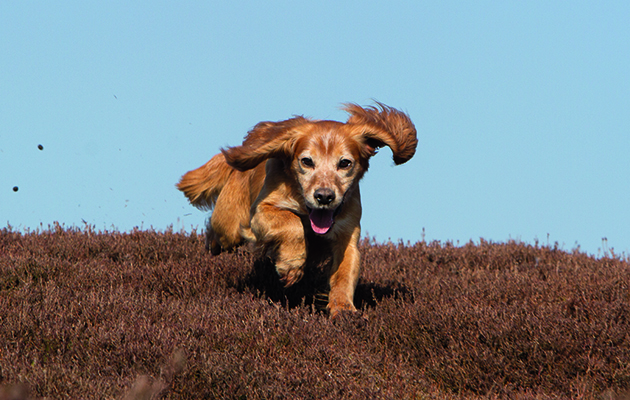
There I was stretched out on a sun-kissed beach drinking cold rum and cokes when all of a sudden I could hear a high pitched shrieking – it was my alarm. As I slowly opened my eyes I realised it was 4.30am and I was “back up north” to help out on a couple of days’ grouse counting. I was already beginning to think it wasn’t such a good idea and a few hours later I knew it wasn’t a good idea. After a quick cup of tea we headed up to the moor, the discussion in the truck soon turned to grouse and dogs and the merits of using different breeds to help locate the birds.
At this time of the year the setter and pointer handlers head to the grouse moors to help with the counts and they also start their field trials. I don’t get to see a lot of these kind of dogs work, but the ones I have seen are quite spectacular and a grouse moor seems to be their natural habitat. On this particular morning there were five of us, the head grouse keeper, the beat keeper and two handlers that normally pick-up on the shoot. We had mix of dogs including quite a few cockers, a springer, some Labradors and a couple of German wirehaired pointers. As we pulled into the meeting point and I looked across the moor, I suddenly realised that I may have made a mistake.
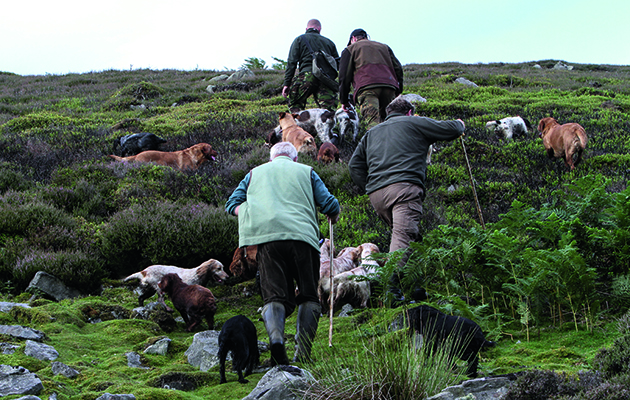
After each sweep, the group had to climb a hill to start a new leg
Difficult ground
Now let me explain something: when I normally go to North Yorkshire and we take the dogs out do some training we don’t walk that far and on the whole I can manage the terrain. However, I had been warned that we were going to be covering some quite difficult ground and to watch my step because it was quite boggy in places. That coupled with fairly long heather that hadn’t been burnt for a few years meant it wasn’t going to be easy. How right they were!
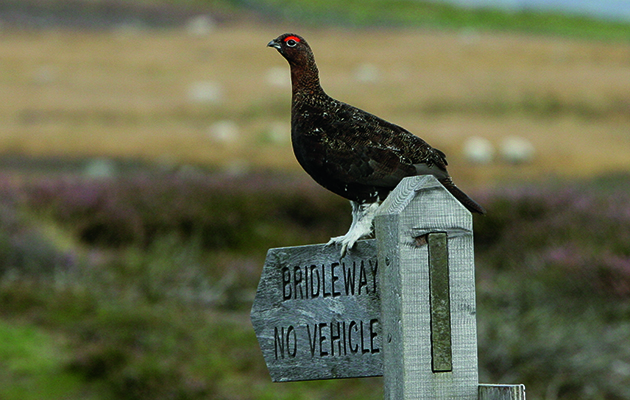
Nick was helping out on a couple of days grouse counting in Yorkshire
On this particular moor they have been counting the same blocks for many years and the keeper has kept meticulous records so he can compare the grouse density year-on-year. As I took my place in the line I realised that not only was the heather long there was also quite a lot of moss underneath and this combination drains the strength out of your legs as quick as anything. It is like walking on a really soft mattress. On this particular beat we were covering a wide expanse of hillside and we would be doing three sweeps. Each sweep was about a mile long and at the end of each one we would climb up the hill to start the new leg.
At this time of the year the dogs are not really “work” fit and although counting is not the best thing for training – because the dogs tend to pull out quite a bit – it is a fantastic way of getting the dog’s fitness and stamina built up ready for the start of the season on 12 August. It never fails to amaze me how small dogs such as cockers and springers cope with such difficult cover. The heather can be really tough and in some places the dogs can’t get underneath it so they have to constantly bounce over the top. It must be energy sapping but the dogs seemed to love it and it wasn’t long before we started to see grouse lifting. I was quite surprised how tight the birds sat and I soon realised that it was normally the cock bird that flew first as a distraction and as the dogs carried on hunting the rest of the brood would lift.
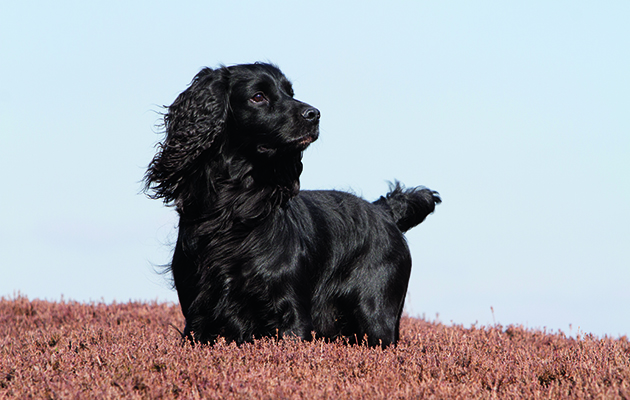
Counting is a fantastic way of getting the dog’s fitness and stamina up
Lack of water
It got rather warm and the sun was streaming down. One problem the keepers have on this part of the moor is the lack of water, which surprised me because the ground was very wet underfoot. The head keeper explained that most of the water runs underground and it is difficult for the grouse to reach it. One solution has been to make shallow concrete pools that are fed by pipes from the natural water supply. After the first sweep the dogs were desperate for a drink and a cool down – so was I, but I didn’t think it would look very good if a “southern softie” collapsed in a heap among a load of wallowing dogs. By the time we had finished and the head keeper had done the sums it was looking as though it could be another good season and a lot of the credit has to go to the keepers on this particular moor.
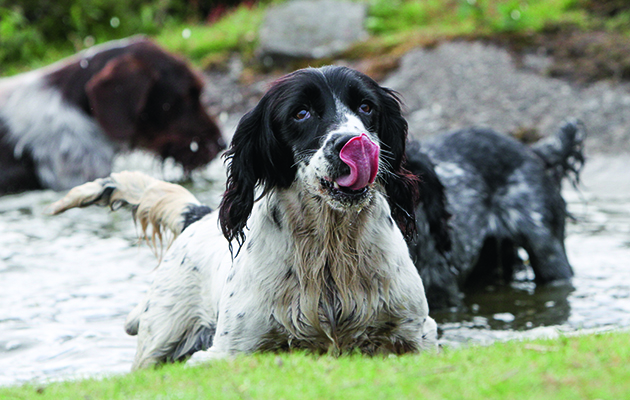
After the first sweep the dogs were desperate for a drink
Cocker training
The following morning I headed an hour or so further north to meet up with gamekeeper Fran Ardley. She had invited me to join her on a training session because she got her cockers ready for the forthcoming shooting and trialling season. Fran has access to a couple of small “allotments” that hold a few rabbits. Just to explain, an allotment in this part of the world is not where vegetables are grown, it is used to describe a walled field that holds sheep and they normally have plenty of rough grass areas which rabbits love to lie up in during the day.
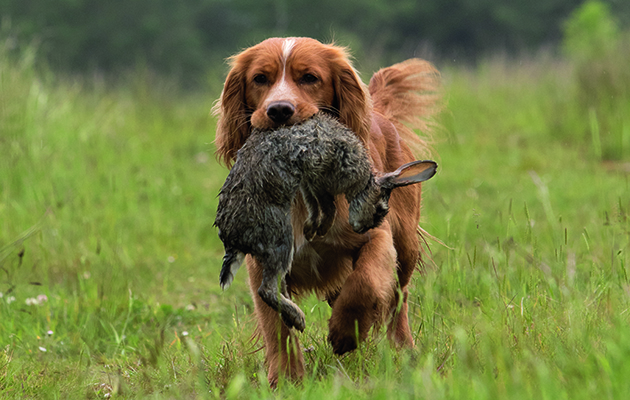
A good rabbit dog has to be extremely precise in everything it does
I find the whole rabbiting situation “up north” quite interesting. It is commonplace for serious/professional gundog trainers to travel hundreds of miles to shoot rabbits over their dogs and the top field trial spaniels do have a lot of rabbits shot over them. In the past I have asked numerous handlers why this situation has developed, especially with the spaniel trainers, and it turns out it is all to do with accuracy. A good rabbit dog, often working in light cover, has to be extremely precise in everything it does. It must work a close pattern and be a very good game finder – heavy cover will test a dog’s courage, but rabbits sitting tightly in light cover will severely test its game-finding ability. It must stop instantly to the flush and then collect its retrieve with the minimum of handling. In the white grass and heather that makes up most of the rabbit ground everything can be seen. The dog’s pattern has to be near perfect and it must be totally steady as rabbits will be flushed from under its nose.
Fran was working her two older cockers Maddie and Cash and right from the start it was quite obvious that both dogs knew exactly what was required of them. It was quite a dreary wet day and not ideal because the rabbits don’t tend to want to lay up in soaking wet cover, but later in the day it stopped raining and the dogs started to make some good finds. Fran was a pretty good shot and anyone that has tried shooting a clay rabbit target will know how difficult it can be, but believe me trying to hit a jinking target that is disappearing between clumps of white grass is no easy task. But after an hour or so half a dozen rabbits were in the bag and the dogs had performed really well and they looked promising for the forthcoming trialling season.
Related Articles
Get the latest news delivered direct to your door
Subscribe to Shooting Times & Country
Discover the ultimate companion for field sports enthusiasts with Shooting Times & Country Magazine, the UK’s leading weekly publication that has been at the forefront of shooting culture since 1882. Subscribers gain access to expert tips, comprehensive gear reviews, seasonal advice and a vibrant community of like-minded shooters.
Save on shop price when you subscribe with weekly issues featuring in-depth articles on gundog training, exclusive member offers and access to the digital back issue library. A Shooting Times & Country subscription is more than a magazine, don’t just read about the countryside; immerse yourself in its most authoritative and engaging publication.





